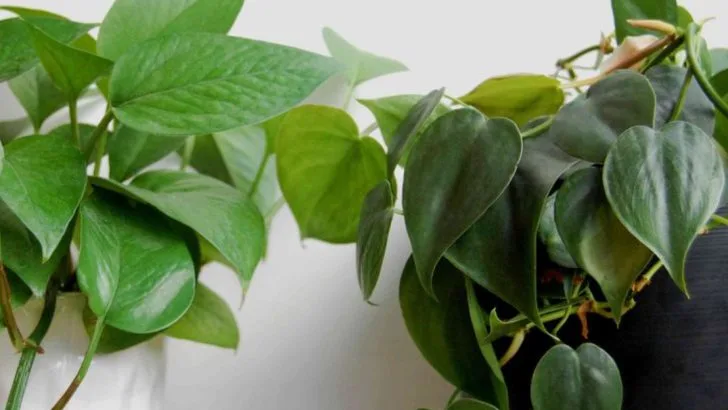At first glance, pothos and philodendron can seem like twins—both trailing houseplants with lush green leaves and a reputation for being easy to care for. But if you look a little closer, you’ll start to notice subtle (and not-so-subtle) differences that make each plant unique. Whether you’re a new plant parent or a seasoned collector, knowing how to tell them apart can help you give them better care, choose the right one for your space, or simply impress your fellow plant friends with your knowledge.
In this guide, we’re breaking down 12 essential differences—from leaf shape and texture to growth habits and light preferences—that will help you confidently distinguish pothos from philodendrons. Whether you’ve got one of them climbing your bookshelf or cascading from a hanging pot, these insights will deepen your appreciation for two of the most beloved indoor plants around.
Leaf Shape
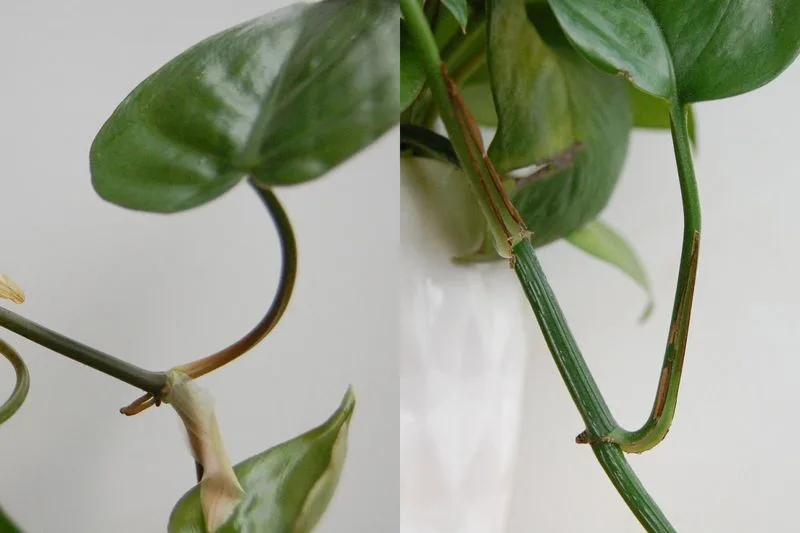
A Pothos leaf is often heart-shaped with a waxy texture, offering a glossy appearance. In contrast, Philodendron leaves tend to be more elongated and softer, exuding an elegant matte finish. This variance in leaf texture and shape not only aids in identifying each plant but also influences their appeal in interior decor. Pothos leaves, with their robust shine, catch the light beautifully, while the Philodendron’s delicate structure provides a gentle, calming presence.
Growth Habit
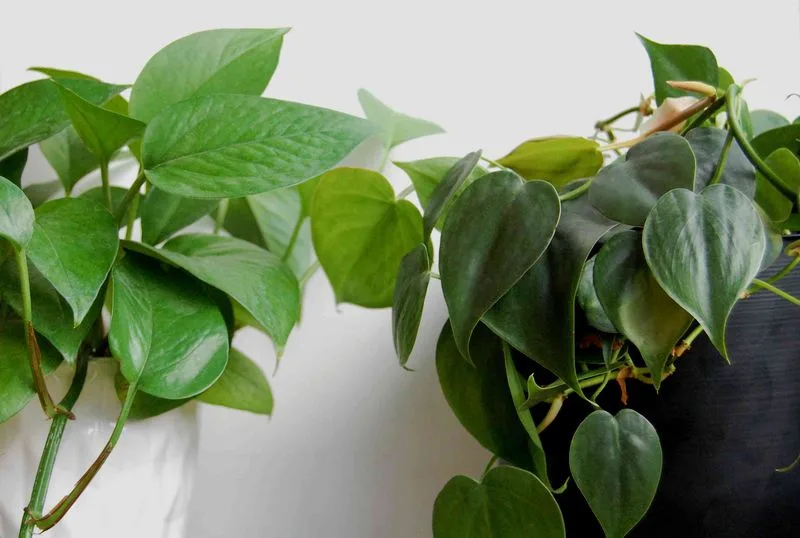
Pothos plants are known for their vigorous, trailing growth, cascading gracefully from shelves or baskets. Meanwhile, Philodendrons exhibit a more upright and bushy growth pattern, adding structure to any space. This difference directly affects how each plant can be used decoratively. A Pothos vine draping over a bookshelf adds a touch of wild beauty, whereas a Philodendron perched on a table introduces a bold, architectural element to the room.
Light Requirements
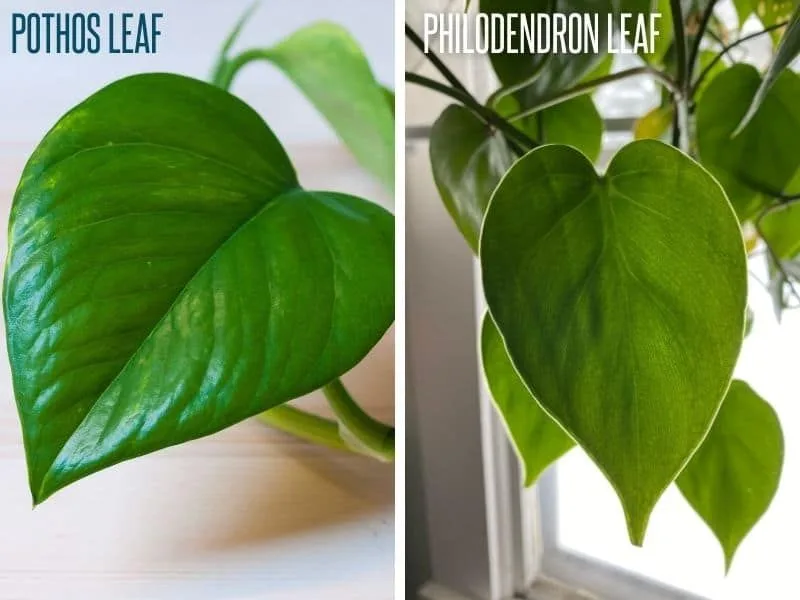
While both plants thrive in indirect sunlight, Pothos have a remarkable tolerance for low-light areas, making them ideal for dim corners. Philodendrons, on the other hand, prefer brighter spots and can sometimes suffer if light is too sparse. Understanding these needs can significantly impact their health and growth vigor, allowing plant enthusiasts to choose the right plant for the right location within their homes.
Watering Needs
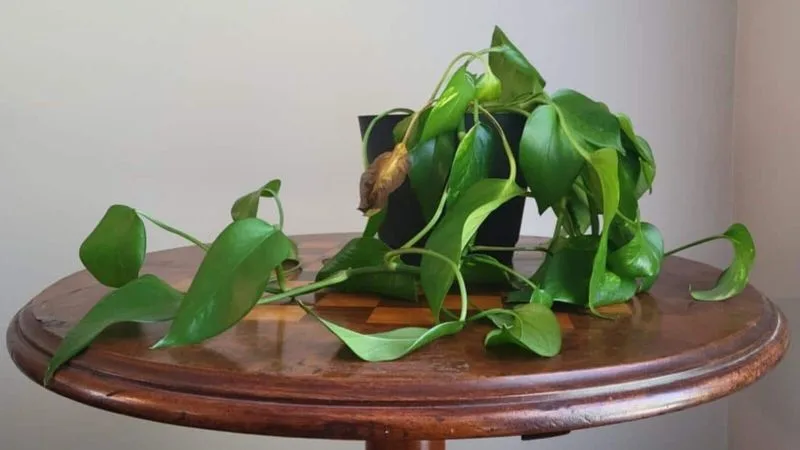
Pothos are relatively drought-tolerant, able to withstand a missed watering here and there, perfect for forgetful caregivers. Conversely, Philodendrons prefer consistently moist soil without being waterlogged, requiring a bit more attention. This distinction makes Pothos a favorite for beginners, while Philodendrons might appeal more to those ready to dedicate time to their watering routine.
Stem Characteristics
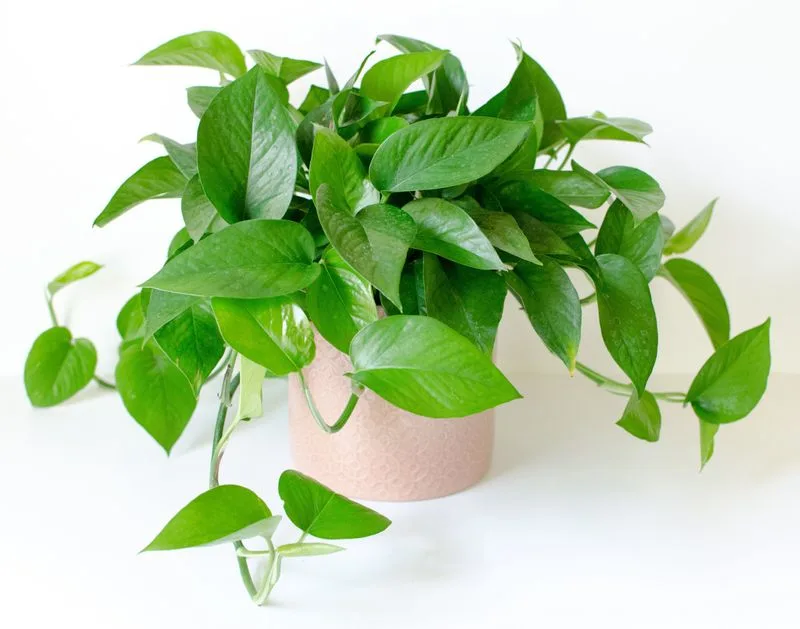
Pothos stems are thick and sturdy, designed to support their sprawling growth. They often have a waxy coating that adds to their resilience. Philodendron stems, however, are thinner and more flexible, allowing for a wider range of movement and adaptability. This difference is tactile and visual, influencing how each plant interacts with its environment and supporting structures.
Root System

Both plants exhibit aerial roots, but their underground root systems differ. Pothos have a more extensive root network, thriving in various soil types without fuss. Philodendron roots, however, prefer well-aerated soils, ensuring they don’t get waterlogged. This affects their repotting needs and how they absorb nutrients, crucial knowledge for maintaining their lush appearance over time.
Propagation Methods
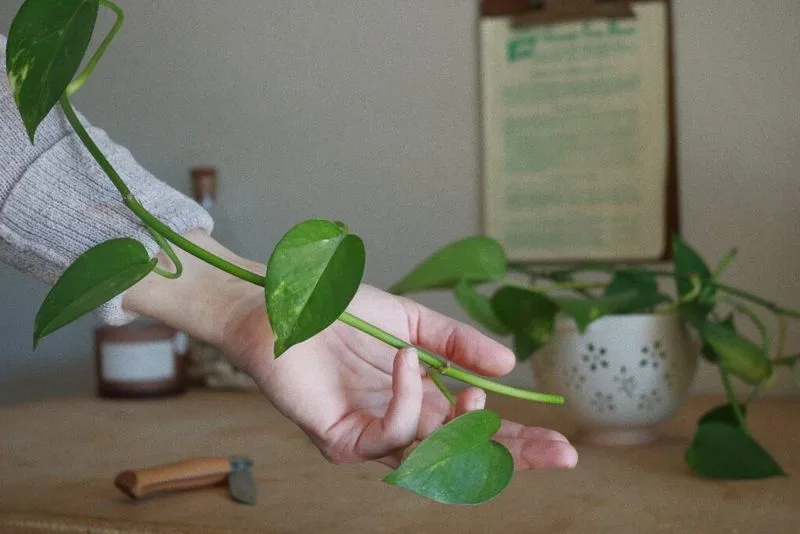
Propagation for both plants is straightforward, though slightly different. Pothos can easily root from a node placed in water, making them simple to multiply. Philodendrons, while also propagated similarly, sometimes benefit from soil propagation to prevent rotting. These methods not only offer insight into their care but also provide a rewarding experience for plant lovers looking to expand their collection.
Toxicity to Pets
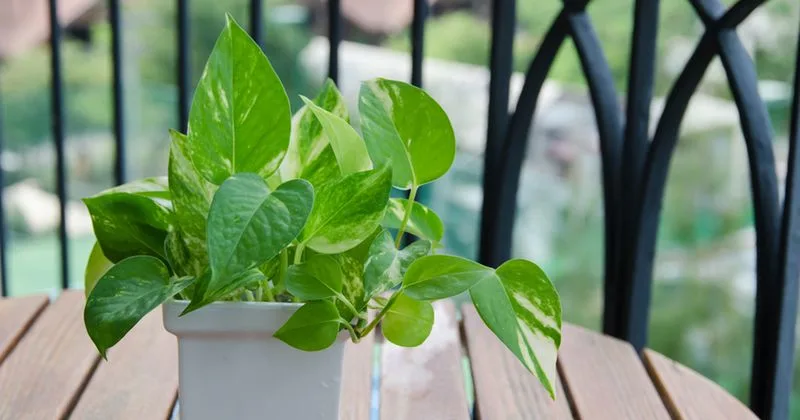
Both Pothos and Philodendrons are toxic to pets if ingested due to calcium oxalate crystals. This can cause irritation and swelling in the mouth and throat. Pet owners should place these plants out of reach or opt for pet-safe alternatives. Understanding this aspect is vital for ensuring the safety of furry family members while enjoying the beauty these plants bring to a home.
Temperature Tolerance

Pothos are hardy and can adapt to a wider range of temperatures, thriving even in slightly cooler environments. Philodendrons, however, prefer warmer, more consistent temperatures and can struggle in drafts. This adaptability makes Pothos versatile across different climates, while Philodendrons are best suited for stable indoor conditions.
Native Habitat

Originating from Southeast Asia, Pothos are accustomed to humid, tropical environments, thriving even in varying light conditions. Philodendrons, native to the Americas, prefer similar humid settings but are more sensitive to changes, requiring stable conditions to flourish. Understanding their natural habitats helps in recreating suitable environments indoors, enhancing their growth and vitality.
Pest Resistance
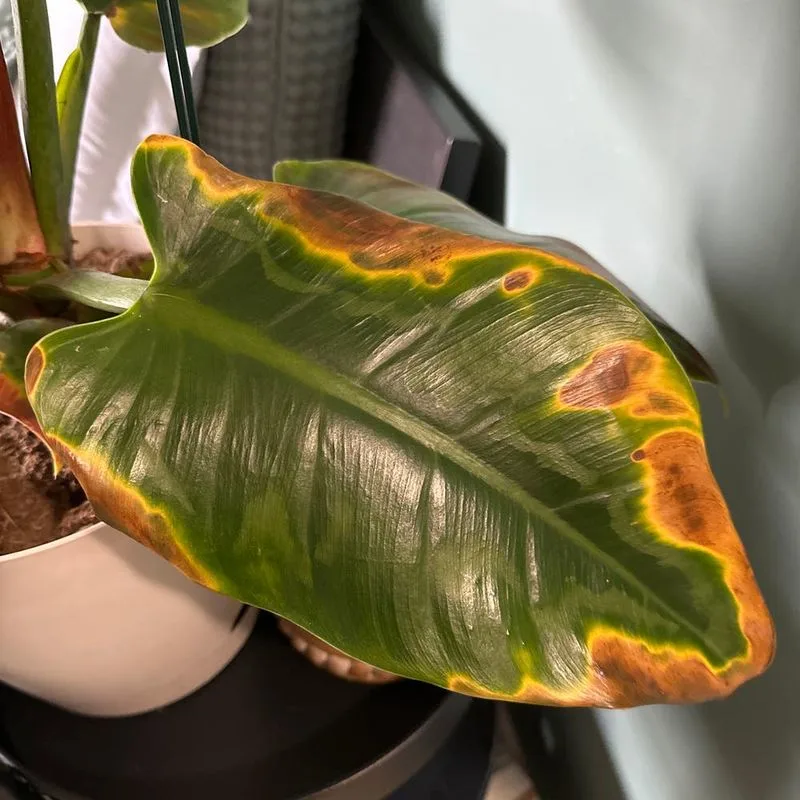
Pothos are generally resilient against pests, though occasionally they may attract mealybugs or spider mites. Philodendrons, while also robust, can sometimes fall prey to aphids and scale. Regular checks and natural remedies like neem oil can keep these issues at bay. This awareness helps in maintaining their health and preventing infestations.
Cultural Significance
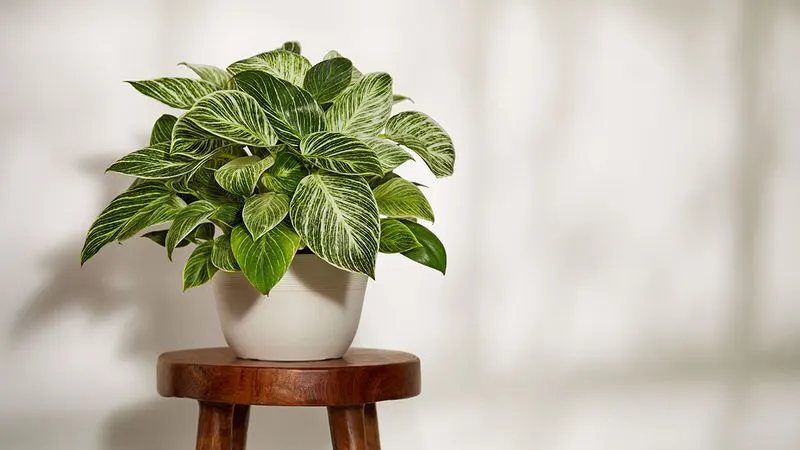
Both plants have rich cultural histories. Pothos, often seen as a symbol of prosperity, is popular in Asian cultures. Philodendrons, with their appealing aesthetics, have been featured in art and design globally, symbolizing growth and abundance. These cultural ties add an extra layer of appreciation for these beloved houseplants, connecting plant lovers to a broader narrative.

